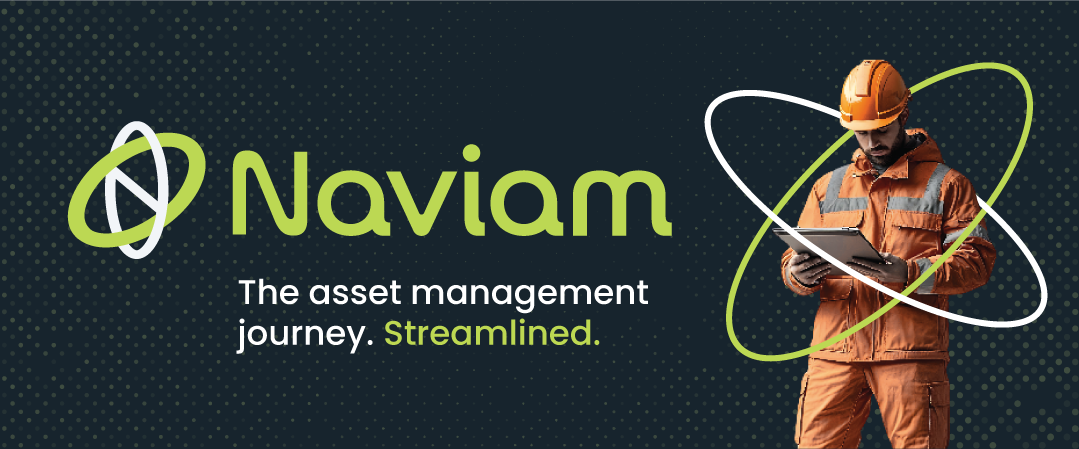
Resources
Promoting Sustainability with Maximo Application Suite
Erin Pierce
December 10, 2024


As the world continues to face growing environmental challenges such as climate change, resource depletion, and waste management issues, more companies are focusing on sustainability in their technological approaches to day-to-day operations.
Embracing sustainable practices in technology can have wide-reaching benefits not only for the environment but also for society, the economy, and businesses.
Sustainability is a key component of most modern enterprise asset management systems. With Maximo Application Suite, you can integrate several features to contribute to more sustainable business practices.
Controlling expenses while minimizing your company’s carbon footprint and adhering to compliance regulations can be challenging. Using Maximo Application Suite, you can manage, monitor, and maintain facility operations that promote sustainability throughout the asset lifecycle.
Using MAS enables your organization to monitor and optimize asset performance, but what does this mean regarding energy and resource efficiency?
Maximo Energy Management within MAS is designed to help organizations optimize energy usage while being mindful of energy costs and sustainability. Operational managers can improve decision-making regarding energy sustainability measures by monitoring, controlling, and analyzing energy consumption data across facilities and operational assets.
Maintaining asset health can also directly contribute to carbon footprint reduction and cost-effective operations.
Using MAS, organizations can improve energy efficiency and reap the benefits of less downtime, fewer repairs, and a longer equipment lifecycle.
Sustainability is closely tied to efficient supply chain management. Traditionally known for asset management across organizations, IBM Maximo has expanded its capabilities to support broader enterprise resource planning functions, including supply chain management.
Maximo’s ability to track the procurement, maintenance, and disposal of materials and assets helps organizations reduce excess inventory, optimize logistics, and minimize resource waste.
Organizations are under increasing pressure to comply with new environmental regulations and sustainability standards within their specific industries. Maximo can assist with built-in tools for tracking and reporting common sustainability metrics like carbon emissions, water usage, and waste generation.
The less paper is used, the more environmentally friendly the process will be. In digitalizing assets, organizations reduce their environmental impact with more efficient use of digital and internal resources.
Using Maximo makes adhering to environmental sustainability regulations easier by allowing companies to monitor processes and keep records for auditing purposes. From air quality and emissions compliance standards to water use and energy efficiency, MAS is designed to help promote operational sustainability in the digital age.
With the benefits of reduced operational costs, lower energy consumption, reduced waste generation, improved decision-making, and an enhanced asset lifecycle, organizations can concurrently make informed choices regarding asset upgrades, maintenance strategies, and sustainability initiatives.
Want to learn more? Conact Naviam today to explore MAS and talk about compliance and sustainability for your industry.
Discover everything you need to know to modernize your asset management strategy.
Inside, you’ll learn:


ActiveG, BPD Zenith, EAM Swiss, InterPro Solutions, Lexco, Peacock Engineering, Projetech, Sharptree, and ZNAPZ have united under one brand: Naviam.
You’ll be redirected to the most relevant page at Naviam.io in a few seconds — or you can
go now.